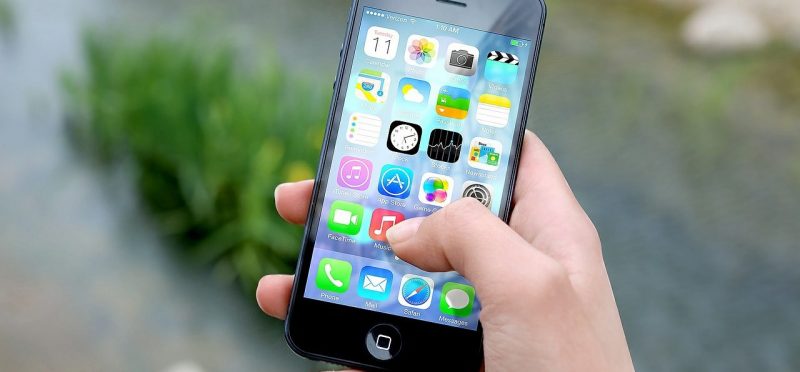Unverified information is ruling the world. Governments have gone as far as making it a crime, and yet, it continues to ravish countries.
As I look at the 2021 Edelman Trust Barometer, it’s easy to see the pandemic response has put public trust to the test. Respondents perceived businesses to be more trusted than governments in 18 out of 27 countries surveyed. What’s fascinating is that this same report also highlighted how much information literacy truly matters, especially to countries with poor information hygiene.
Citizens are now empowered digitally in many aspects, through mobile technology with connectivity and information accessibility improving life for many. Through verified transactions, direct channels of communication between government and citizens, SMS and other mobile messaging technologies have become critical channels for bridging information gaps and providing next-generation public services.
Some examples of these applications in action include emergency SMS alerts issued by the Singapore Civil Defence Force and the Federal Emergency Management Agency in the United States, warning citizens of emergencies and severe weather warnings. Others include two-factor authentication to reach government portals.
A Citizen-Centric Communication Approach
The opportunities for mass messaging technologies are vast. In 2019, the number of mobile connections surpassed the number of people in the world and almost half of the world used mobile internet services.
As COVID-19 spread, several governments and global institutions, such as the World Health Organization, chose to use text and voice messages to deliver accurate and timely information, from mask-wearing to vaccination drives. This ensured wide reach and helped stop the spread of misinformation by educating the public to help identify potential SMS scams.
For developing and emerging economies, Pew Research has found that direct messaging outweighs interactions on social media. If we take a look at school closures, SMS was deployed as a familiar tool by several governments to support remote learning.
Government to citizen (G2C) interactions are being shaped to serve populations more effectively and to establish (and gain) trust and transparency from citizens. Today, the public demands and expects highly responsive, accurate and personalized services from their governments, whether that’s being able to access information about their pension funds to renewing passports and driver’s licenses. G2C relations at their core address the varying needs of multigenerational citizens, who themselves are at different stages of familiarity with digital tools.
Initiatives are already underway to progress citizen-centric relations following COVID-19. For example, the Australian government’s Digital Transformation Strategy aims to make services more intuitive and accessible to all, and Thailand’s ambitious Digital Government Plan hopes to increase transparency, confidence and trust in government.
How Mobile Messaging Plays a Role
There is a pressing need to break down internal communication barriers and consolidate efforts. One way of doing this is by having siloed government departments band together to invest in and leverage more powerful communication technology, enabling them to collectively roll out more meaningful G2C programs.
Mobile messaging is an essential tool for managing the delivery of mission-critical citizen communication, like the ongoing vaccine rollout. SMS for appointment reminders is already a primary method of communication for health care organizations. SMS is improving vaccination rates, reducing no-shows, helping education and sending appointment reminders.
In fact, the Centers for Disease Control and Prevention in the U.S. is encouraging public health programs and health care organizations to actively consider the use of automated voice and SMS text message platforms for these purposes.
Earning the Public’s Trust
Every branch of every government needs to be able to send trusted communications to be prepared, prompt and available to their population. The ability to accurately inform and mobilize its citizens and foster trust will be critical to long-term pandemic recovery and for the future happenings of this world.
As Soprano Design’s Chief Technology Officer, Mohamed oversees product development, platform expansion strategies, integration of new technology and service capabilities to support Soprano’s rapid global growth. Mohamed brings over 20 years of software engineering and technology leadership expertise in the messaging industry across large enterprises, government organizations and 15 international MNO partnerships in five global regions.




Leave a Reply
You must be logged in to post a comment.